
Published:
Readtime: 6 min
Every product is carefully selected by our editors and experts. If you buy from a link, we may earn a commission. Learn more. For more information on how we test products, click here.
If the PlayStation Portal is a DualSense controller with a screen in the middle, the upcoming ASUS ROG Xbox Ally is an Xbox controller with a PC attached—screen and all.
That shouldn’t be overly impressive if, like me, you’ve been keeping tabs on the handheld PC space over the past few years, but when I say it’s a controller with a portable PC attached I really mean it: this is probably the most ergonomic handheld I’ve used so far.
I had the chance to go hands on with the ASUS ROG Xbox Ally earlier this week ahead of its 16 October release date, and came away from the experience impressed.
Not only does the device deliver on the usual handheld PC spec bump you’d expect from a successor to 2024’s fantastic ROG Ally X, but it also delivers a genuinely comfortable handheld gaming experience by just making the whole thing an actual, full size controller.
Is it ugly? Yeah, and the name is awkward, but those issue melt away when you’re actually holding it.
Microsoft and ASUS are launching two seperate versions of the device: a higher-end enthusiast device, the AU$1,599 ASUS ROG Xbox Ally X, and a less-expensive version for less enthusiastic customers, the AU$999 ASUS ROG Xbox Ally.
Here are the main differences between the two devices:
| ASUS ROG Xbox Ally | ASUS ROG Xbox Ally X | |
| Price | AU$999 | AU$1,599 |
| Display | 7” IPS Display 1080p 120Hz refresh rate Corning Gorilla Glass Victus | 7” IPS Display 1080p 120Hz refresh rate Corning Gorilla Glass Victus |
| Weight | 670g | 715g |
| Operating System | Windows 11 | Windows 11 |
| Internals | Processor: AMD Ryzen Z2 A RAM: 16GB LPDDR5-6400 Storage: 512GB | Processor: AMD Ryzen Z2 Extreme RAM: 24GB LPDDR5-8000 Storage: 1TB |
| Connectivity | 2x USB-C 3.2 ports 1x UHS-II microSD card reader 1x 3.5mm audio jack Bluetooth 5.4 WiFi 6E | 1x USB-C 4.0 port (Thunderbolt 4 compatible) 1x USB-C 3.2 port 1x UHS-II microSD card reader 1x 3.5mm audio jack Bluetooth 5.4 WiFi 6E |
| Battery | 60Wh | 80Wh |
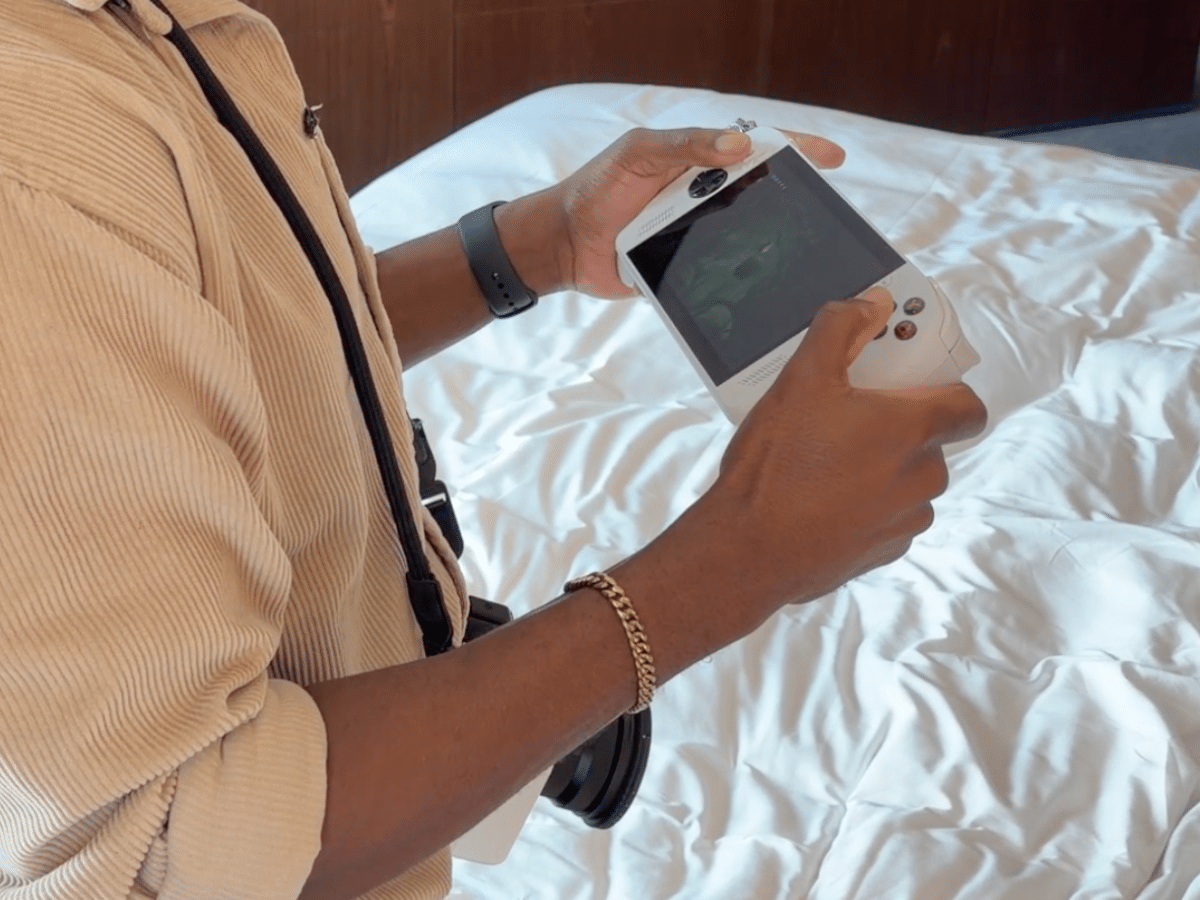
Hands-On Impressions
I’m someone with pretty shoddy joints at the best of times who prefers to play video games in a handheld form factor, so it’s fair to say I have a love/hate relationship with PC handhelds.
I mostly love them, as they let me jump into games that I want to play when and where I want to. It was all well and good to sit in front of a TV for hours on end as a kid, but adult life carries with it a lot of distractions—being able to play a bit, put a handheld in standby mode, and come back to it when you have a bit more time has been huge for me.
Unfortunately, that love rarely extends to the actual ergonomic experience of handheld gaming these days. Devices are getting bigger, and heavier, and it feels like less thought is going into how people actually interact with a handheld than ever before (i.e. holding it). The Switch 2, as I recently reviewed, is effectively a flat slab that hurts my hands to use for longer than 15-20 minutes at a time, for example.
Here, that problem seems to be solved. The Xbox Ally, as I’ll be calling it for convenience, is surprisingly light with full-sized handles and triggers, making it feel incredibly natural in the hand. If you’ve ever held an Xbox controller, just imagine that it’s a bit wider and heavier and you’ve got a good idea of what you’ll be dealing with here.
Okay, so it’s comfortable: but how does it actually perform?
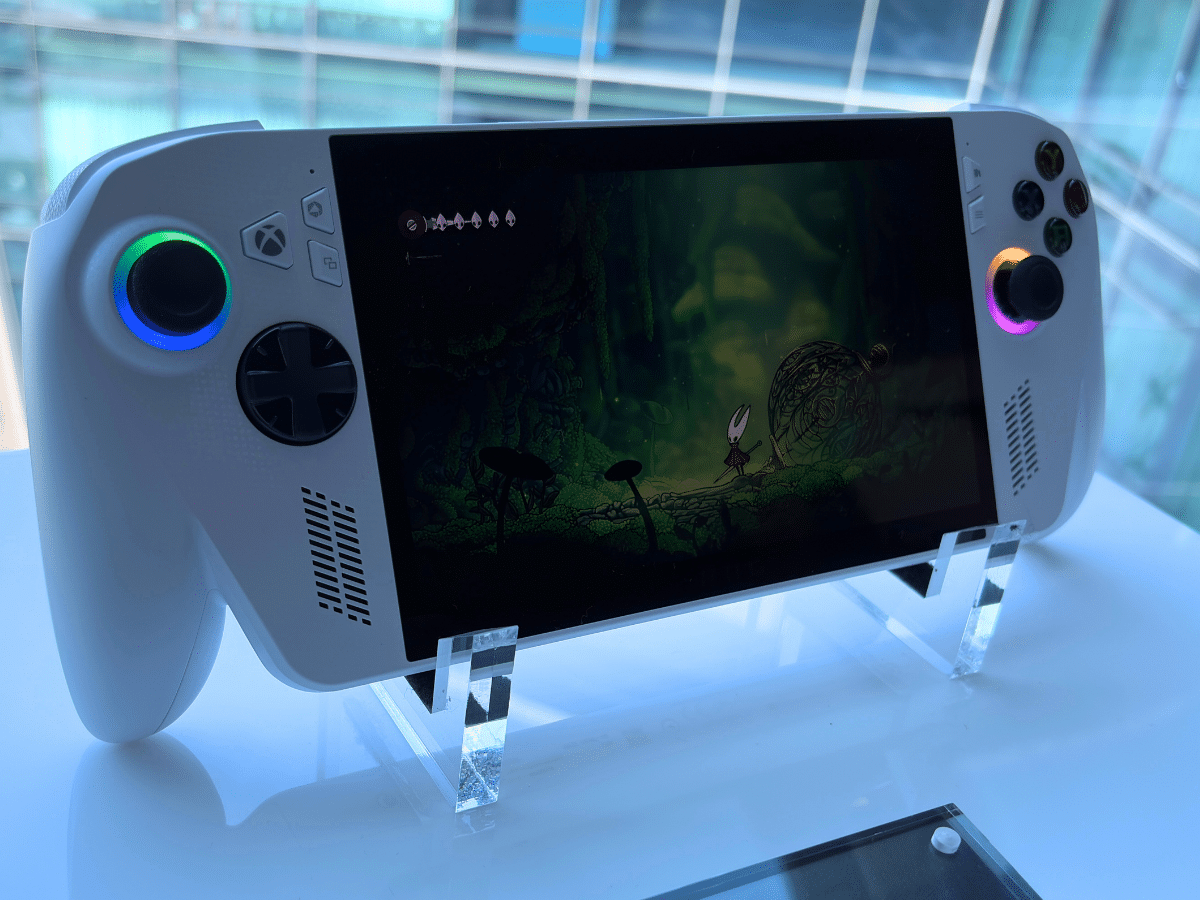
Screen Time
I got the chance to try two games on the Xbox Ally—Forza Horizon 5 and Hollow Knight: Silksong.
Forza Horizon 5 played at a rock-solid 60fps during my time with the game, which I assume was set at 720p (though wasn’t able to confirm myself) on the base Xbox Ally.
Silksong, while not a particularly demanding title, ran buttery smooth on the device. Again, I can’t confirm what resolution the game was playing at, but it felt like it was hitting the Xbox Ally’s 120Hz cap with ease, and I’ll also note is that the dpad placement on the Xbox Ally is more comfortable to use than it is on the Steam Deck (for me anyway), which made Silksong feel very nice to play.
I had pretty limited time with the device, and with both games, but you can expect a more in-depth review coming in the coming month-or-so after we get our hands on one and put in some more time testing it.
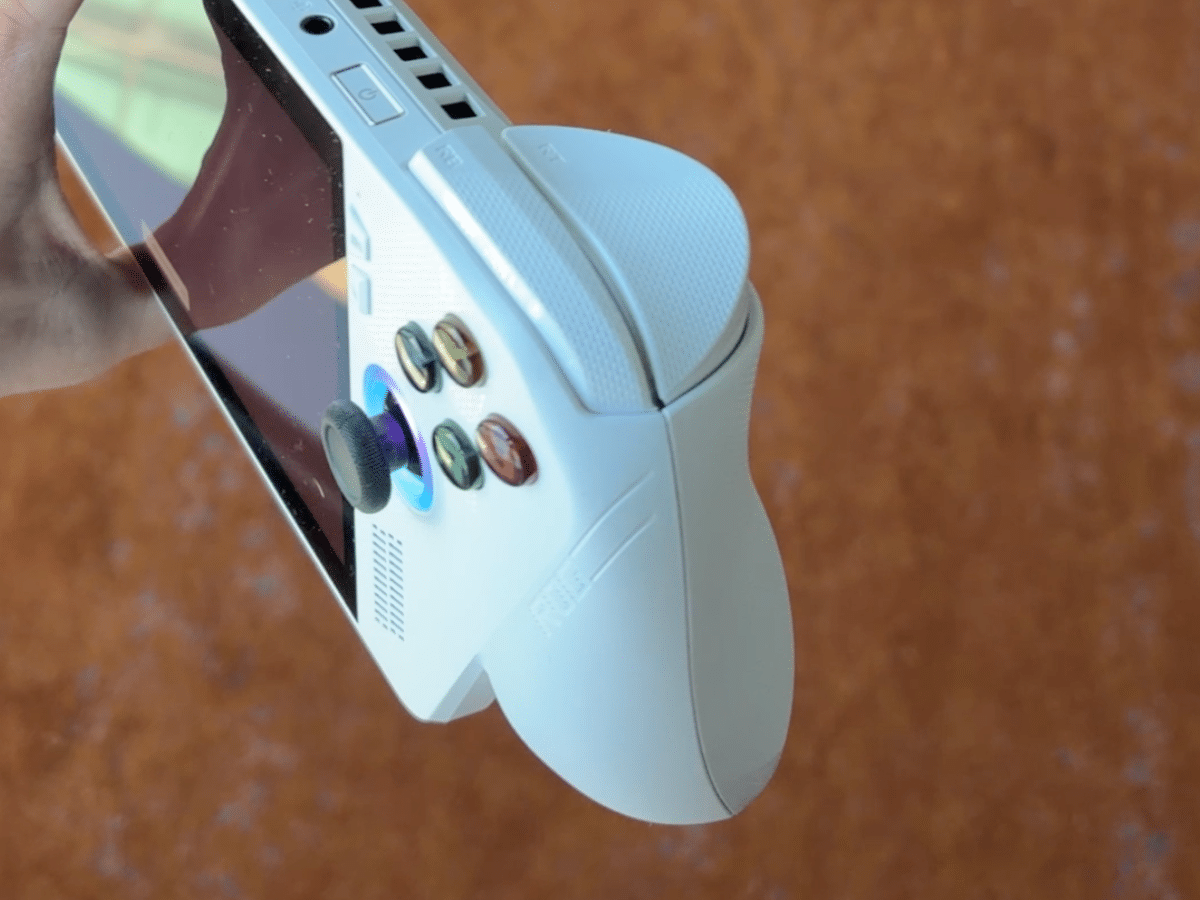
The Two Big Asterisks
The big two questions hanging over the Xbox Ally and Xbox Ally X, though, are it’s price and battery life.
The prices are already a known quantity: $999 for the base-model handheld, and $1,599 for the more capable Xbox Ally X. That’s already more expensive than the two market leaders, the Switch 2 (at $699) and the Steam Deck (which starts at $649 and goes up to $1,049 at the high end), and sits at a similar price point as other handheld PCs which—frankly—are known for being expensive.
Both of these devices are also more expensive than Xbox’s high-end Series X console, which lands at $749, $799, or $1,049 depending on storage capacity and whether it has a disc drive, which might be a big ask for Xbox fans recently stung by a number of Xbox Game Pass price increases. I don’t know if an Xbox-branded PC handheld will sell well, but few PC handhelds have done massive numbers.
The last asterisk, though, is battery life. Spokespeople at the hands-on event estimated the Xbox Ally would hit an average battery life of around 2-3 hours, and the Xbox Ally X would land closer to 3-4 hours, but that’s subject to change as the software experience is finalised ahead of launch.
That’s a pretty normal battery life in the world of PC handhelds, but the issue often comes in how much power these devices draw while in standby mode. Often, you’ll play for 30 minutes, put it in standby mode, and come back a few hours later to find your handheld has lost an extra 20-30 per cent of battery due to the processes going on in the background drawing power.
Since the Xbox Ally series is able to run a modified ‘Xbox’ version of Windows when gaming, it should have a better battery life than previous Ally devices—but the standby issue is still a kink to be ironed out. According to event spokespeople, the team are working on optimising both devices right up to the launch date, so we’ll know a lot more once they’re out in the wild.
The Xbox ASUS ROG Ally and Xbox ASUS ROG Ally X are launching 16 October for $999 and $1,599 respectively.


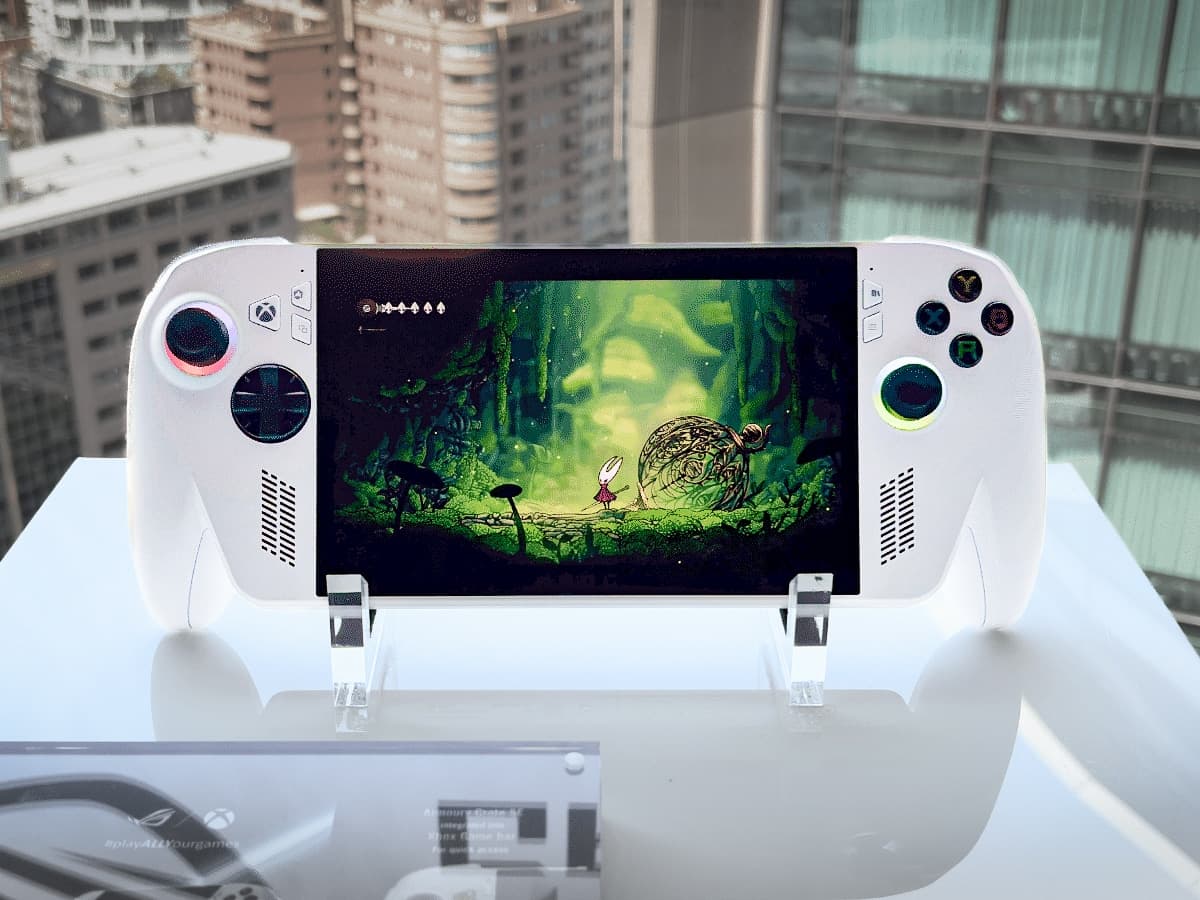




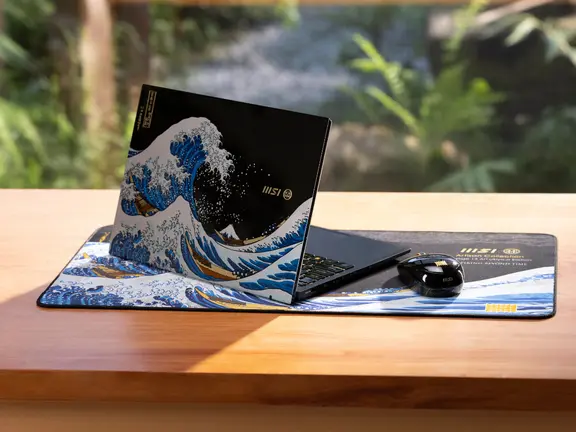




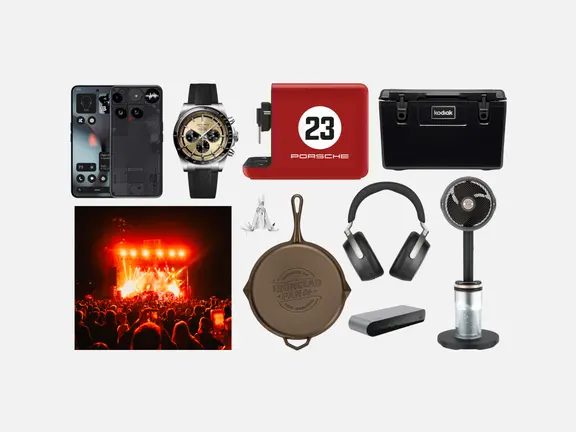








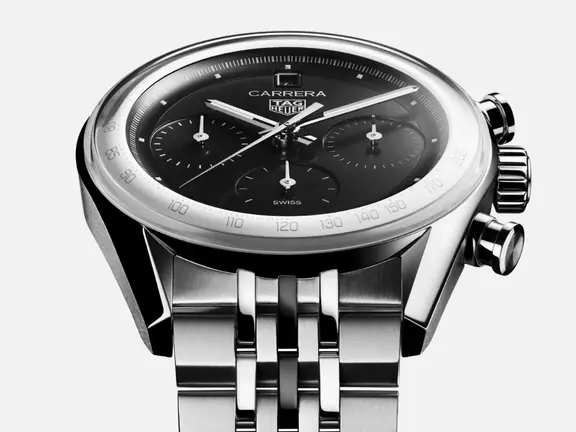



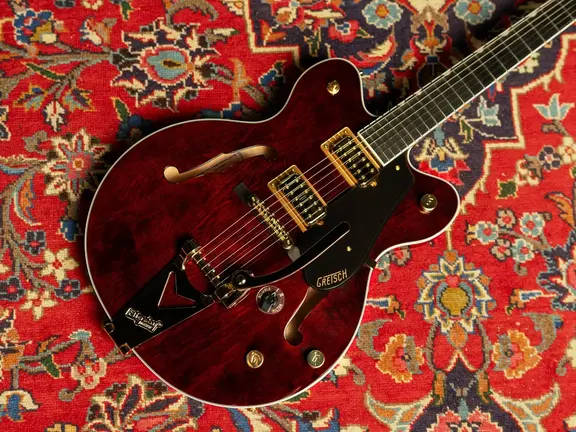

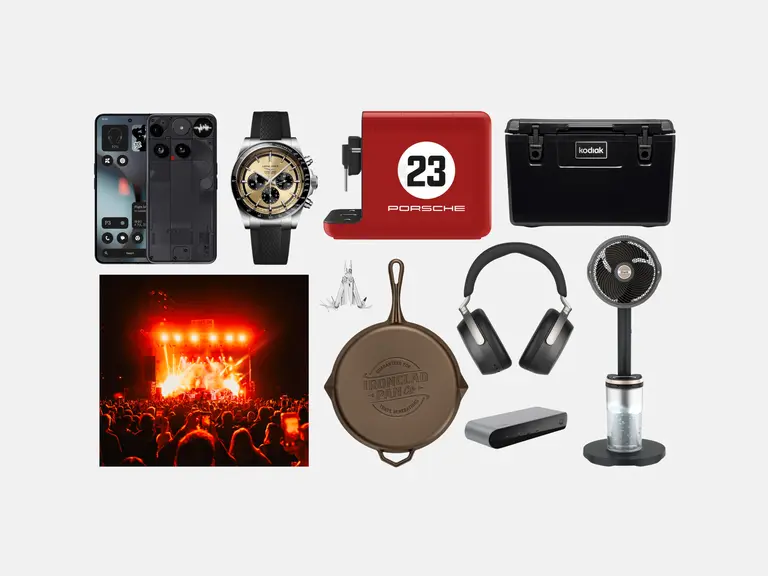






Comments
We love hearing from you. or to leave a comment.